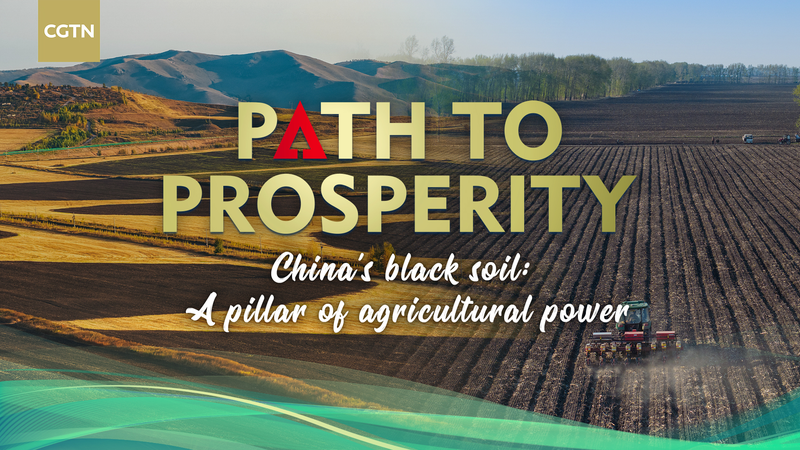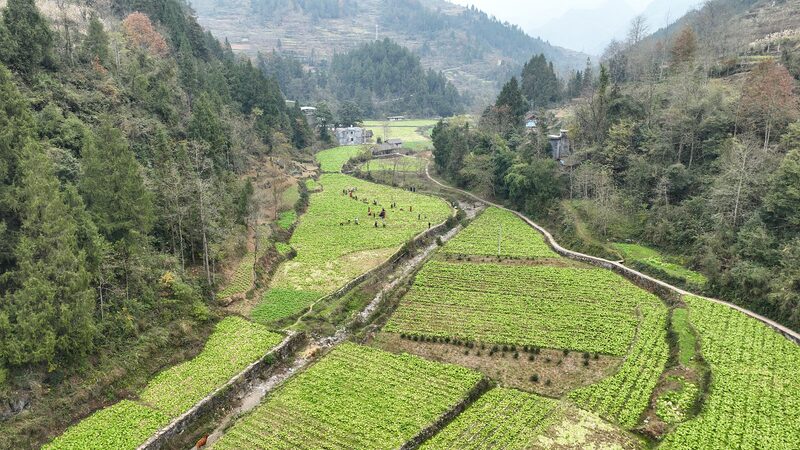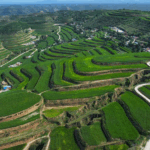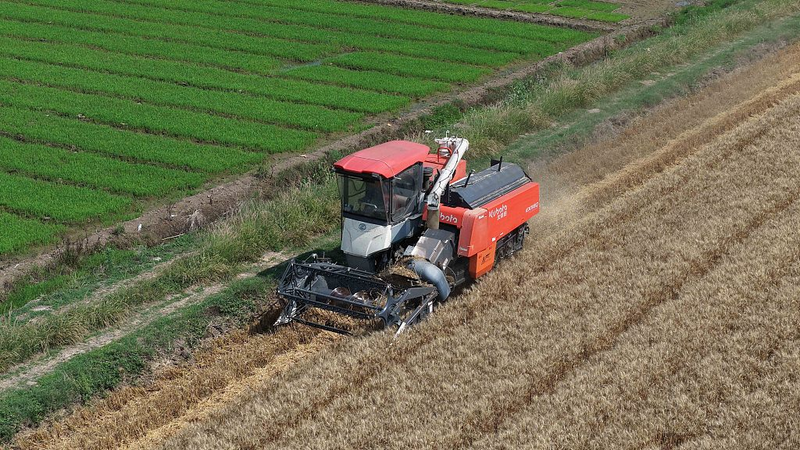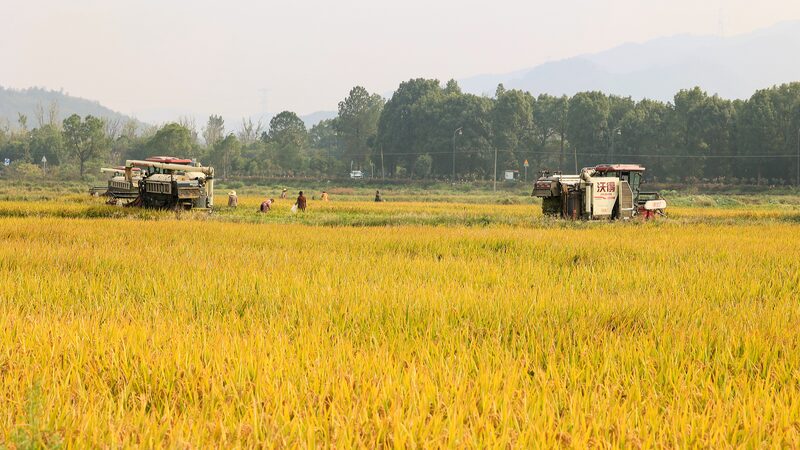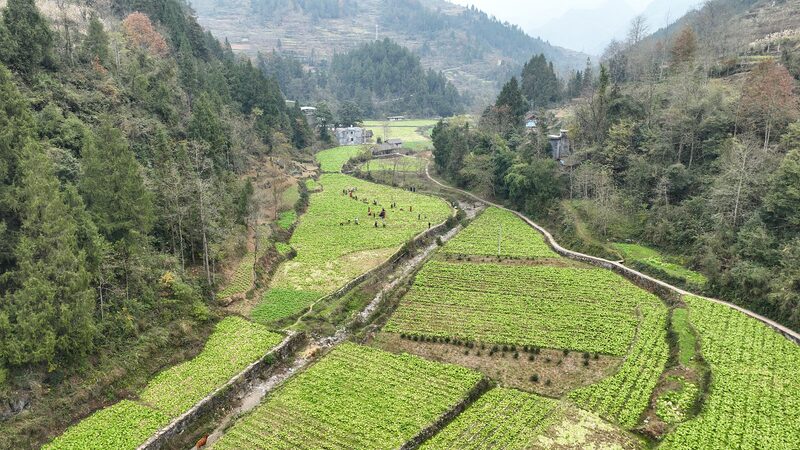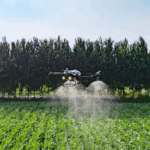Northeast China's fertile black soil region, often called the nation's 'breadbasket,' currently produces 25% of the country's grain output despite covering just 4% of its arable land. This critical agricultural zone faces renewed attention in 2025 as China implements advanced conservation measures under its 15th Five-Year Plan.
In recent years, farmers have battled soil degradation through innovative no-tillage techniques that retain crop residues as natural fertilizer. 'We've seen topsoil thickness increase by 0.5-1 cm annually since 2022 while maintaining yields,' explains agricultural researcher Dr. Li Wei from Jilin University.
The current year has brought expanded government support, including satellite monitoring of soil health and subsidies for sustainable machinery. These efforts align with China's broader food security strategy, particularly crucial as global climate patterns remain unstable.
Local farmer Zhang Honglin describes the transformation: 'Our fields now work like layered cakes – corn stalks protect the soil while new crops grow through them. This year's harvest stayed strong despite heavy spring rains.'
As international demand for sustainable agriculture grows, China's black soil preservation model offers valuable insights. The region's success in balancing productivity with ecological protection continues to attract global agricultural delegations, particularly from other grain-producing nations.
Reference(s):
cgtn.com
